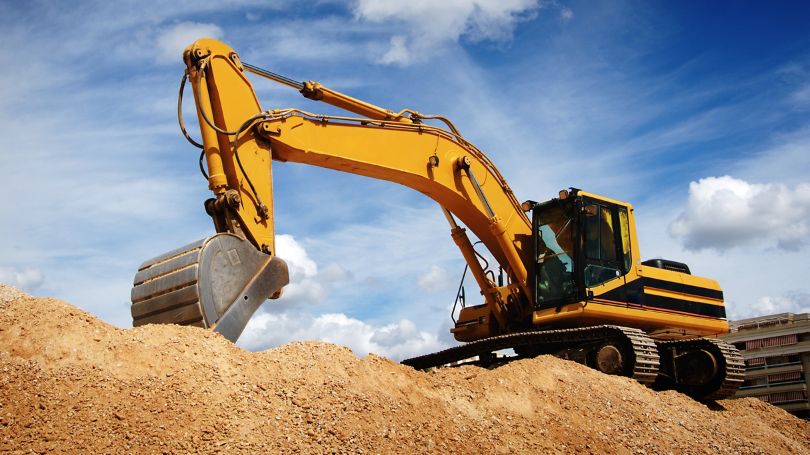We have all heard that incidents of vehicle thefts continue to rise year over year, but did you know that theft isn’t just an issue related to personal private vehicles? These days, thieves are not just targeting your neighbour’s SUV, they are also stealing construction vehicles and equipment. It is estimated that theft of construction units costs Canadians over $46 million per year, with most incidents occurring in Ontario.1
Unfortunately, this phenomenon shows no indication of slowing down and while incidents of construction theft have increased, only 25% of all stolen equipment is ever recovered.2
Why is equipment theft increasing, but recoveries decreasing?
These units can be surprisingly easy targets. This is largely due to worksites lacking adequate security or, worse yet, have no security at all. The lack of security helps thieves commit their crimes undetected.
Organized criminals are often the perpetrators of this type of crime. They frequently steal construction equipment with the intention of selling it illegally overseas. This is problematic for recoveries, as once the equipment is placed in a shipping container, it is difficult for it to be tracked and recovered.
Construction sites are often full of new people, constantly coming and going, including subtrades and subcontractors. This can add a layer of difficulty in picking out prowlers.
How can you protect yourself?
Being vigilant is not a one-person job and gating alone isn’t necessarily a guarantee. Fortunately, there are many ways that may help protect you and your business from construction equipment theft:
- Company-wide security procedures should apply to all employees and visitors (e.g. subcontractors) and be carried out regularly as part of daily operations.
- Undertake thorough background checks for employees, subtrades and subcontractors.
- Keep up to date records on current inventory. Detailed records should be a part of daily due diligence.
- Record all pertinent information relating to your tools and equipment, including:
- Serial number;
- Year, make and model;
- Date purchased, cost and proof of ownership;
- Any markings, logos, or other details that help with identification;
- Recent photos of each unit / tools / equipment.
- Lock doors and never leave keys unattended.
- Park in well-lit areas.
- Secure and store equipment in a place with controlled access.
- Ensure the engine compartment area is locked or held in a secure position.
- Hire security and install alarm systems -- visible or audible warning devices to deter thieves.
- Install steering column collars or steering wheel and brake pedal locks. Locks for tracks, cylinders, fuel caps, wheels, hitches, and pins are also available.
- Install wheel boots or hydraulic lock-out systems.
- Etch VIN or serial numbers into windows and parts. Inquire with your dealer, as they many offer these services.
- Utilize smart keys or key transponder systems.
- Install cab control access code systems.
- Use fuse cut offs or kill switches.
- To prevent “hot wiring” by installing starter and fuel disabler switches.
- Install GPS tracking systems and geo fencing operations.
- Install motion sensor lighting and surveillance cameras that are positioned strategically for full yard coverage.
(The above tips were generated with the assistance of the 2015 Theft Report created by the National Equipment Register and National Insurance Crime Bureau).3
Construction theft can be very costly for your business, both in terms of cost to replace the equipment, as well as the lost time that is taken to replace it. These tips can help protect your worksite from theft and prevent you from becoming a statistic.
1,2 Theft and vandalism on construction sites

